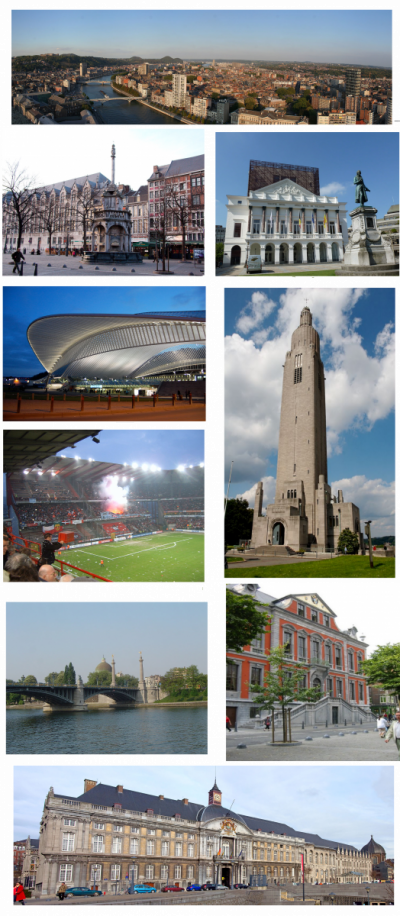Charles I (Charles Martin; German: Karl Martin; Dutch: Karel Maarten; 10 November 1433 5 January 1477), nicknamed the Bold (German: der Khne; Dutch: de Stoute; French: le Tmraire), was the Duke of Burgundy from 1467 to 1477.
Charles's main objective was to be crowned king by turning the growing Burgundian State into a territorially continuous kingdom. He declared himself and his lands independent, bought Upper Alsace and conquered Zutphen, Guelders and Lorraine, uniting at last Burgundian northern and southern possessions. This caused the enmity of several European powers and triggered the Burgundian Wars.
Charles's early death at the Battle of Nancy at the hands of Swiss mercenaries fighting for Ren II, Duke of Lorraine, was of great consequence in European history. The Burgundian domains, long wedged between France and the Habsburg Empire, were divided, but the precise disposition of the vast and disparate territorial possessions involved was disputed among the European powers for centuries.
Liège ( lee-EZH, lee-AYZH, French: [ljɛʒ] (listen), locally [li.eːʃ]; Walloon: Lîdje [liːtʃ]; Dutch: Luik [lœyk] (listen); German: Lüttich [ˈlʏtɪç] (listen); Latin: Leodium) is a major city and municipality of Wallonia and the capital of the Belgian province of Liège.
The city is situated in the valley of the Meuse, in the east of Belgium, not far from borders with the Netherlands (Maastricht is about 33 km (20.5 mi) to the north) and with Germany (Aachen is about 53 km (32.9 mi) north-east). In Liège, the Meuse meets the river Ourthe. The city is part of the sillon industriel, the former industrial backbone of Wallonia. It still is the principal economic and cultural centre of the region.
The municipality consists of the following districts: Angleur, Bressoux, Chênée, Glain, Grivegnée, Jupille-sur-Meuse, Liège, Rocourt, and Wandre. In November 2012, Liège had 198,280 inhabitants. The metropolitan area, including the outer commuter zone, covers an area of 1,879 km2 (725 sq mi) and had a total population of 749,110 on 1 January 2008. This includes a total of 52 municipalities, among others, Herstal and Seraing. Liège ranks as the third most populous urban area in Belgium, after Brussels and Antwerp, and the fourth municipality after Antwerp, Ghent and Charleroi.

 English
English  español
español  français
français  português
português  русский
русский  العربية
العربية  简体中文
简体中文 
